What's a dApp?
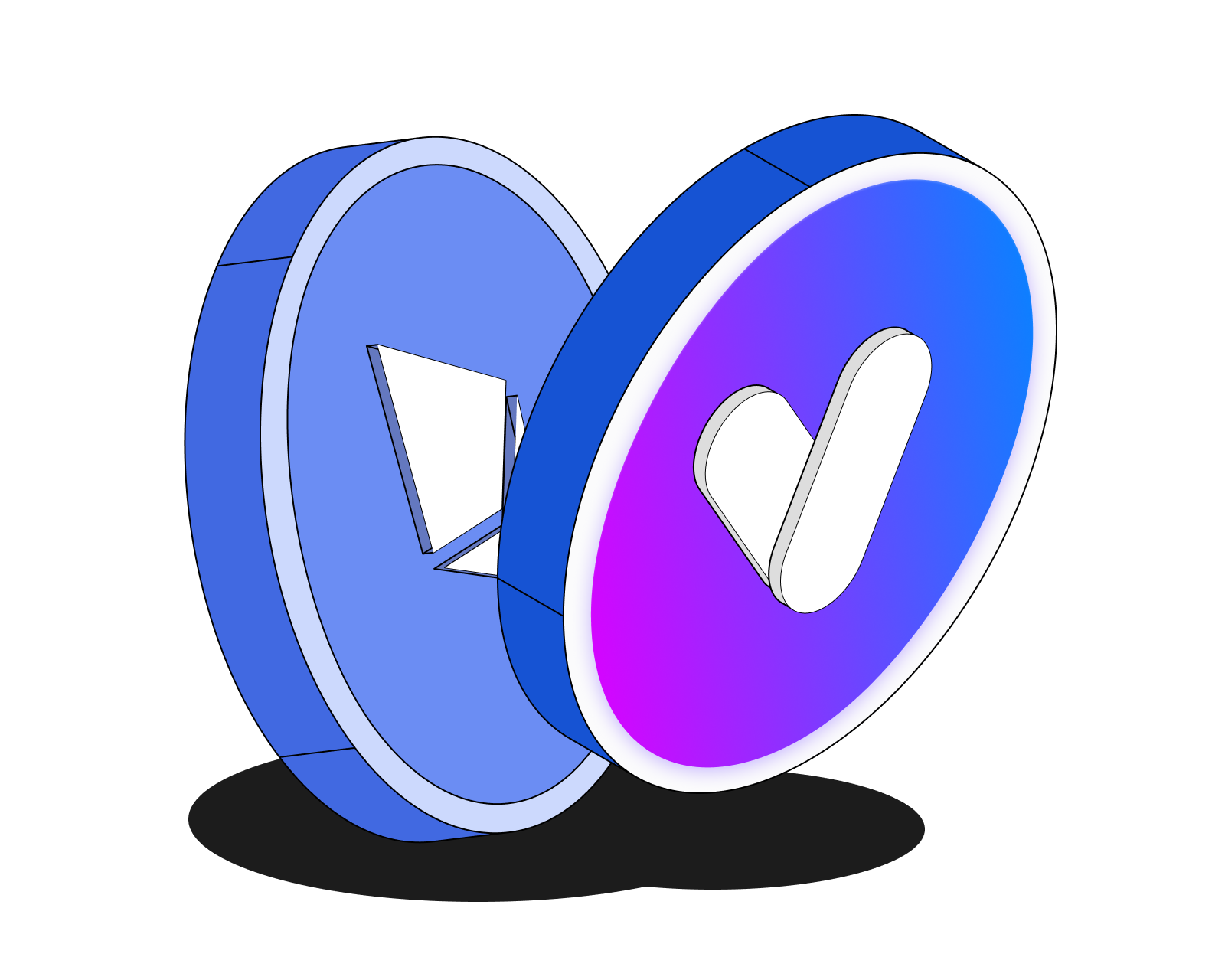
Table of Contents
How do dApps work?
A dApp is an application built on a decentralized network that consists of a smart contract backend and a user interface frontend. dApps are 'permissionless,' meaning anyone is free to use them. Indeed, many dApps include smart contracts others have written. They are also transparent and ‘trustless,’ meaning anyone can verify their authenticity and functionality.
Read more: What’s a smart contract?
Most dApps operate through the interaction of three components: smart contracts, blockchains, and tokens.
- Smart Contracts: As mentioned above, at the core of every dApp is one or more smart contracts.
- Blockchain: A dApp utilizes blockchain technology to maintain its decentralized nature.
- Tokens: A dApp’s actions require “gas,” which is paid for in the blockchain’s native token. Also, many dApps use a variety of cryptocurrencies or other digital assets to do actions such as swapping, staking, or lending.
For a simple example of a dApp, imagine a dice game on Ethereum, though this dApp could exist on any decentralized network with robust smart contract functionality. To play, you send ether (ETH) to a smart contract that keeps your bet if you lose or pays out if you win. Since the contracts that define the game are open source, we can verify, for instance, that the house has (only) a 1% edge. We can also inspect the contract to ensure that the random number generator it references is indeed random. This transparency makes the game 'provably fair,' unlike games in traditional casinos which are inevitably plagued by opacity due to the inherent lack of transparency caused by reliance on a 'trusted' third party. Additionally, since identities aren't required to interact on Ethereum, anyone in the world can (in theory) play our decentralized dice game without restriction (although local regulations do still technically apply).
Advantages of dApps over centralized applications
dApps have been a focal point of discussion and development within the blockchain community, primarily due to the myriad of advantages they present over traditional centralized applications.
- Security: Due to their decentralized nature, dApps are less vulnerable to hacking and data breaches, as there is no single point of failure.
- Transparency: All transactions and changes are recorded on the blockchain, providing a transparent and immutable history of the application's operations.
- Censorship Resistance: dApps are not governed by any central authority, making them resistant to censorship and interference from governments or corporations.
- User Control: Users have full control over their data and assets, reducing the risks associated with centralized data storage.
Disadvantages of dApps over centralized applications
While dApps offer numerous advantages, it’s essential to acknowledge the challenges and limitations that accompany this innovative technology.
- Speed: Blockchains have inherent limitations on transaction throughput when compared to their centralized counterparts. Each transaction on a decentralized network needs to be verified by multiple parties. Whereas in centralized applications, a single entity controls and verifies transactions.
- Cost: The throughput of a decentralized network, or the amount of data the network can handle, is significantly smaller than a centralized network. This usually means each piece of data on a decentralized network is considerably more expensive to process.
- Regulatory Hurdles: dApps often face regulatory challenges, as governments and regulatory bodies are still developing frameworks to address decentralized technologies.
Popular categories of dApps
As the landscape of decentralized applications continues to expand and evolve, several distinct categories of dApps have emerged, each serving unique purposes and offering different functionalities. These categories reflect the diverse ways in which blockchain technology can be leveraged to decentralize various sectors and aspects of our digital lives, from finance and exchanges to gaming and supply chain management. Below are some of the most popular and impactful categories of dApps.
-
Decentralized Finance (DeFi): DeFi represents the largest category of dApps. DeFi is recreating and enhancing traditional financial systems - such as banking, lending, and trading - through blockchain technology. DeFi dApps allow users to manage and optimize their assets in a more open, interoperable, and transparent manner, fostering financial inclusion and innovation.
Aave is a popular DeFi dApp that allows users to lend and borrow cryptocurrencies, earning interest on deposits, and paying interest on loans. Read more: How to lend in DeFi.
-
Non-Fungible Tokens (NFTs): NFTs have emerged as a groundbreaking category in the realm of digital ownership and collectibles. NFT dApps enable the creation, purchase, and trading of unique, indivisible digital assets, representing ownership of a specific item or piece of content, thus revolutionizing the art, music, and gaming industries.
Rarible is a well-known marketplace for NFTs, where users can buy, sell, and trade unique digital assets like art, music, and virtual real estate. Read more: How to buy an NFT.
-
Gaming and Entertainment: dApps in this category offer a novel approach to asset ownership, player rewards, and content creation, fostering a more immersive and equitable gaming and entertainment environment. The metaverse is strongly associated with crypto and dApps.
Axie Infinity is an example of a blockchain-based play-to-earn game where players collect, breed, and battle fantasy creatures.
Read more: What is the metaverse?
Related guides
Start from here →

What is Ethereum?
Understand Ethereum's key characteristics.
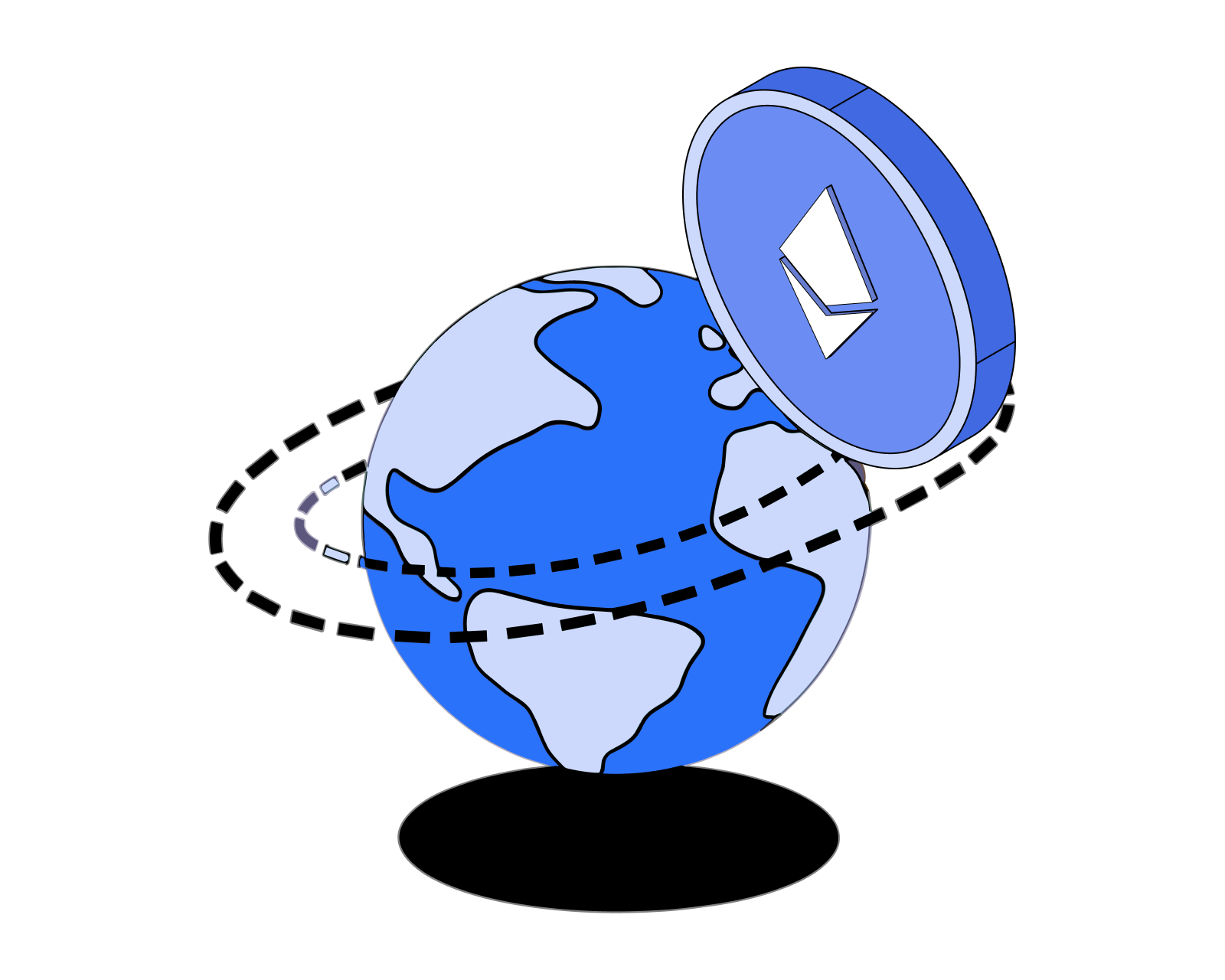

What is ETH used for?
Understand the function and utility of ETH.

What's a smart contract?
Get the basics on the "software" that runs on decentralized networks.
Read this article →
What's a smart contract?
Get the basics on the "software" that runs on decentralized networks.

What are ERC-20 tokens?
Learn the basics of the Ethereum token standard, what ERC-20 tokens are used for, and how they work.
Read this article →
What are ERC-20 tokens?
Learn the basics of the Ethereum token standard, what ERC-20 tokens are used for, and how they work.

What is DeFi?
Learn what makes decentralized finance (DeFi) apps work and how they compare to traditional financial products.
Read this article →
What is DeFi?
Learn what makes decentralized finance (DeFi) apps work and how they compare to traditional financial products.
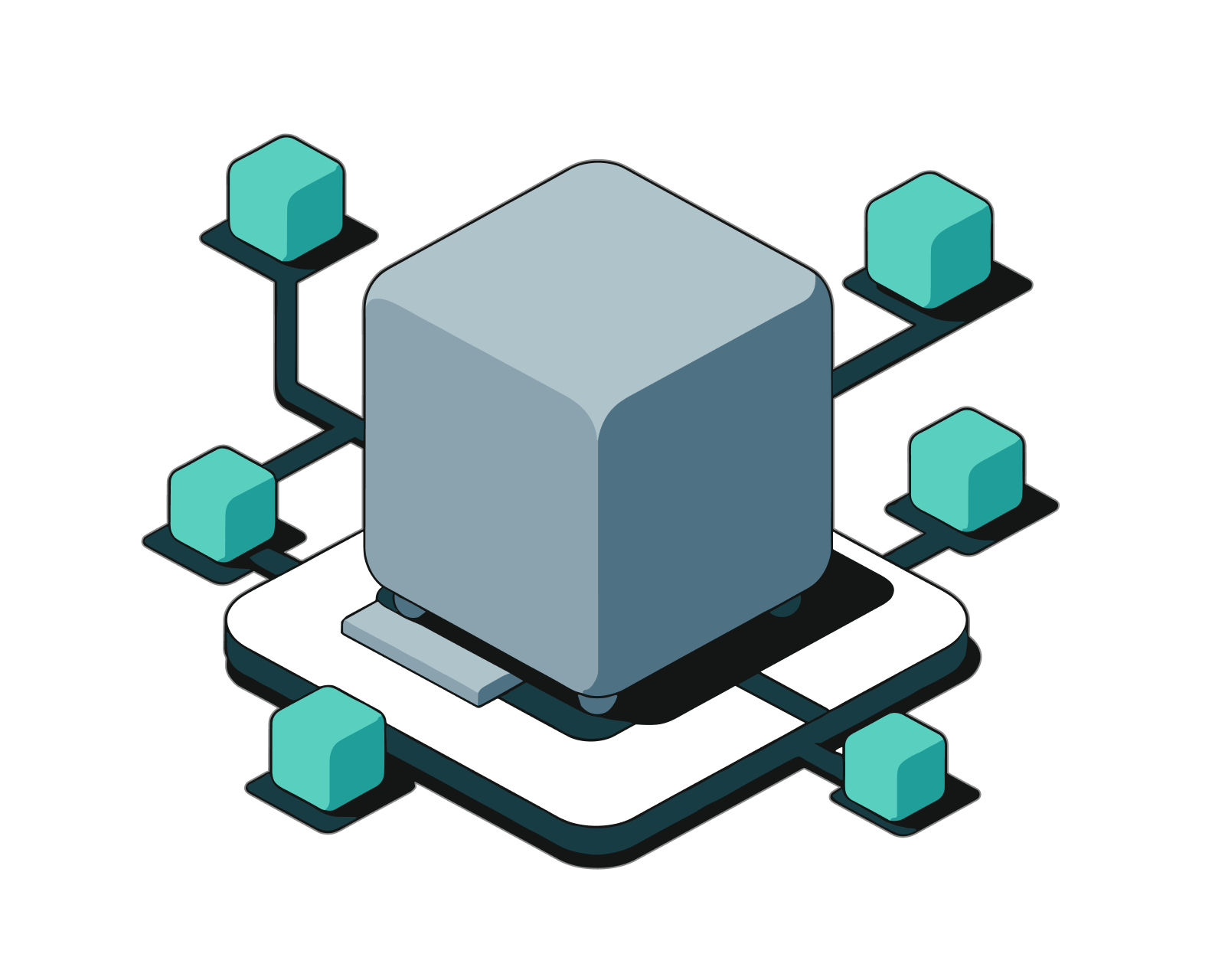
What is ETH gas and how do fees work in Ethereum?
Learn about the unit for measuring transaction fees in Ethereum, get details on the Ethereum fee market, and discover how to customize the fees you pay.
Read this article →
What is ETH gas and how do fees work in Ethereum?
Learn about the unit for measuring transaction fees in Ethereum, get details on the Ethereum fee market, and discover how to customize the fees you pay.
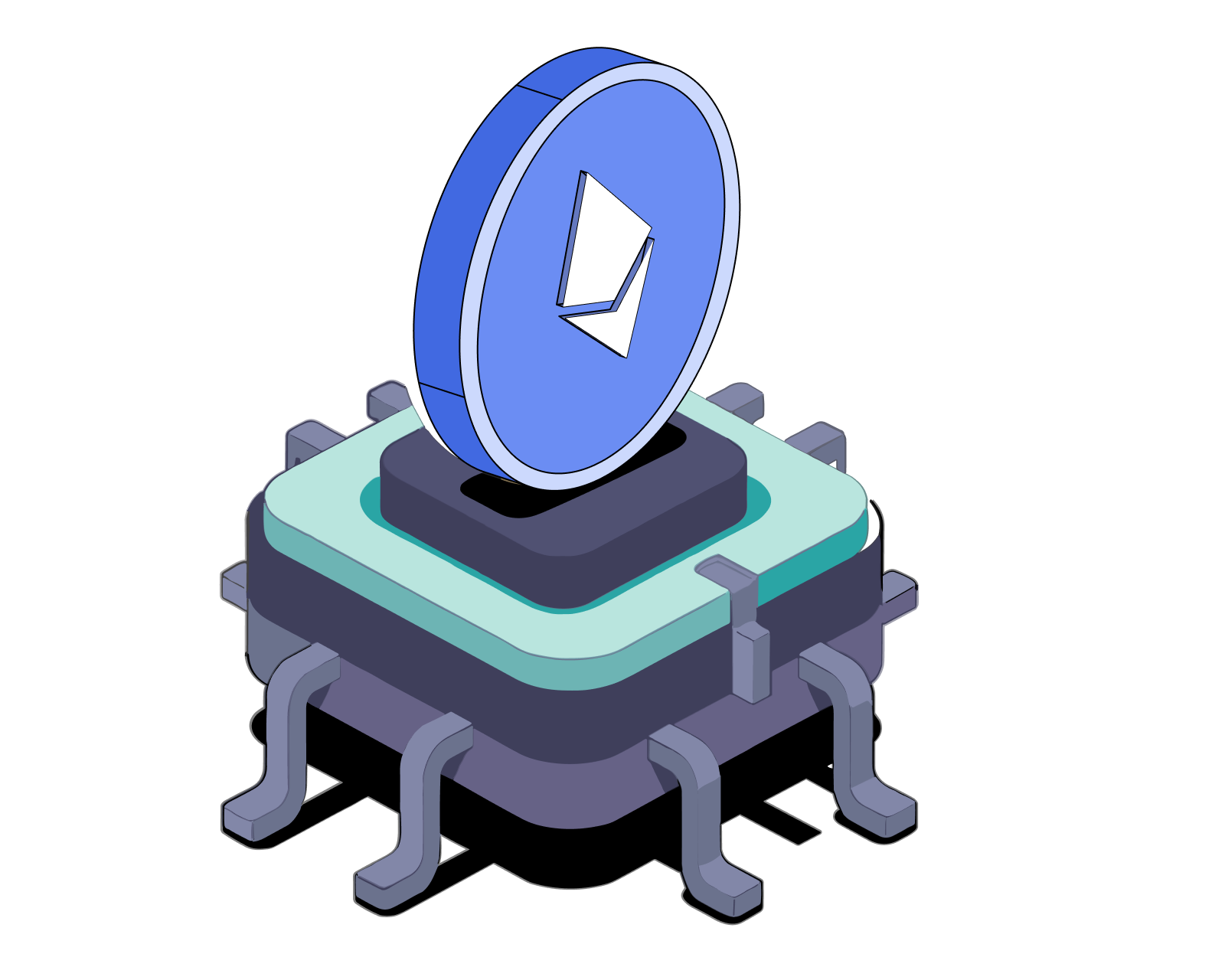
How to buy ETH
Learn how to buy ETH and hold it securely in a digital wallet you control.
Read this article →
How to buy ETH
Learn how to buy ETH and hold it securely in a digital wallet you control.
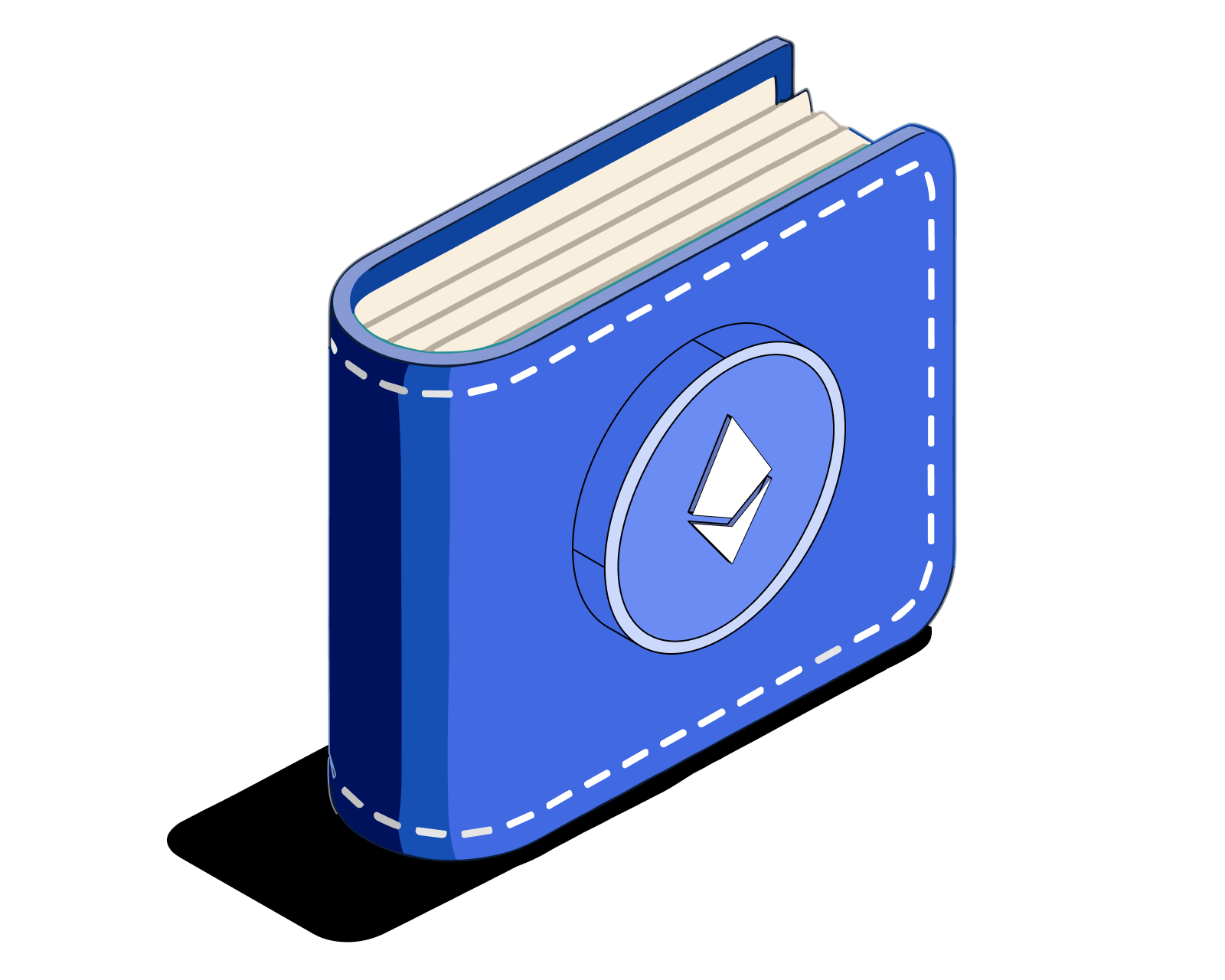
How to create an Ethereum wallet
Creating an Ethereum wallet is as easy as installing software on your mobile device or laptop/desktop.
Read this article →
How to create an Ethereum wallet
Creating an Ethereum wallet is as easy as installing software on your mobile device or laptop/desktop.
STAY AHEAD IN CRYPTO
Stay ahead in crypto with our weekly newsletter delivering the insights that matter most
Weekly crypto news, curated for you
Actionable insights and educational tips
Updates on products fueling economic freedom
No spam. Unsubscribe anytime.



Start investing safely with the Bitcoin.com Wallet
Over wallets created so far
Everything you need to buy, sell, trade, and invest your Bitcoin and cryptocurrency securely

© 2025 Saint Bitts LLC Bitcoin.com. All rights reserved


